2018
Time-resolved diagnostics of rubidium laser plasma column in longitudinal direction
Successful acceleration of electrons in AWAKE (advanced wake field acceleration) experiment at CERN in 2018, [1] was an important milestone in developing of new alternative ways of particle acceleration to high energy domain. The main goal of the AWAKE experiment is to show possibilities to accelerate electrons (positrons) to TeV energies in a single acceleration stage by utilizing the proton bunch available at Large Hadrons Collider. An extended volume of extremely homogeneous plasma is an indispensable part of the acceleration scheme. This plasma is used for splitting the LHC proton bunch into micro-bunches using self-modulation instability in the plasma to provide coherent wake-field acceleration of electrons by the proton bunch. Determination of parameters of the plasma column created by ionization of the medium (rubidium vapor) by strong ultra-short laser pulses is extremely important for efficient wake-field acceleration of the particles in the plasma.
Our research was focused on characterization of the plasma channel induced in a cell with Rb vapor through ionizing the Rb atoms by ultra-short laser pulses. The experiments were conducted in our “clean room” lab with a Ti:Sa laser system Hydra of Coherent Co. with pulse energy about 25-30 mJ and pulse duration of 30-40 fs. We used interferometric scheme for characterization of the plasma channel similar to our previous scheme [2], see Fig.1. The measurements were performed by a CW diode laser with frequency close to D2 line of Rb.
Accordingly, the probe diode laser beam propagates in direction opposite to the ionizing laser pulse through a glass cell filled with Rb vapor located in one arm of the interferometer. This probe beam creates a fringe pattern with a reference beam from the same laser propagating in the air in the other arm of the interferometer..
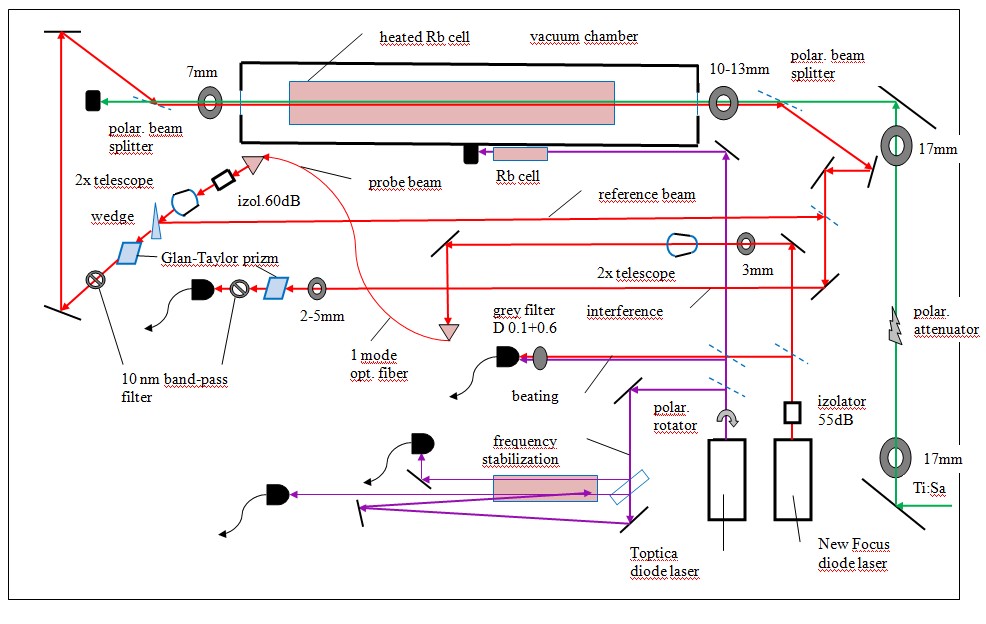
Fig.1. The scheme of the real-time interferometric diagnostic
Time variation of the interferometric signals is measured by fast detectors in a real-time regime. Two different detuning of the probe laser from D2 line of Rb was applied, see Fig.2.
In one case the frequency of the probe had negative(-4GHz) and in the second case it had positive detuning (4GHz) from the resonant D2 line. The analysis shows that while in the case of the negative detuning, the refractive index of the Rb atoms surrounding the plasma channel is smaller than that in the channel, in the case of the positive detuning; it is larger than that in the channel.
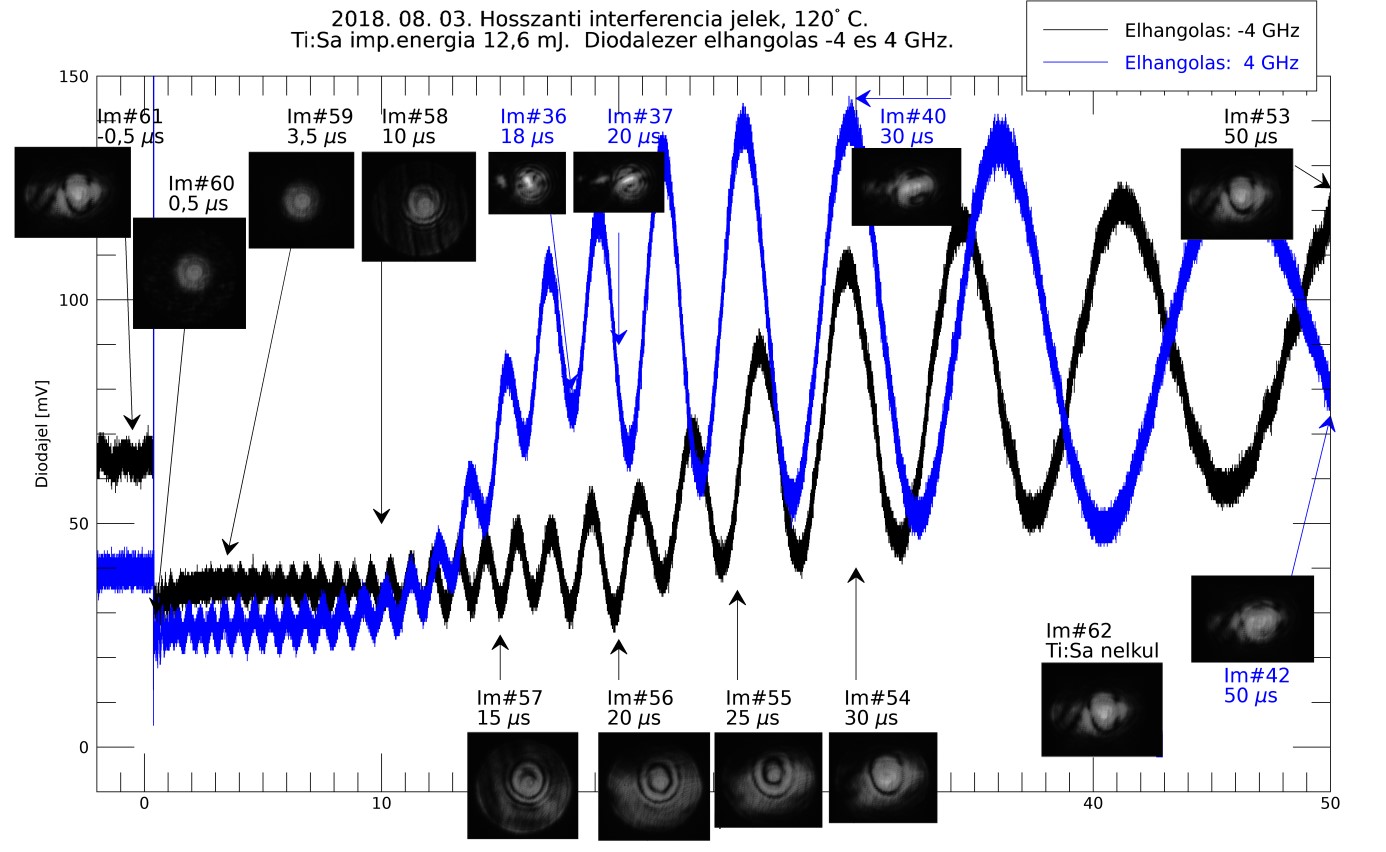
Fig.2. The interferometric signals for negative (black) and positive (blue) detuning of the probe signal along with pictures of the signal beam propagated through the plasma channel.
One can anticipate waveguide-like propagation of the probe signal in the plasma channel in the case of negative detuning and contrary, an additional spreading of the probe signal in the case of positive detuning. Such kind of propagation may be seen in Fig.2, where time dependence of the interferometric signals are shown for the two values of the detuning along with the transverse profiles of the signals at different time instances. A waveguide–like propagation of the signal in the plasma channel for the negative detuning is clearly seen due to its structure reminiscent to the waveguide mode structure.
In 2018 we examined, using numerical simulations the phenomenon of pulse propagation in a vapor of atomic rubidium. The ultrashort, resonant laser pulses we considered were intensive enough to ionize the rubidium atoms.
The equations developed for the calculations in recent years that utilized relatively simple, few-level atomic models to calculate the optical response of rubidium were upgraded to use nonlinear envelope equations for the light field that can describe arbitrarily steep pulse fronts that may develop in the nonlinear medium. The improved code was run extensively on the Wigner Cloud computing facility and the solutions analyzed in detail. Self focusing of the laser pulse was observed for smaller pulse energies and self-channeling of the pulse energy was observed for larger pulse energies. The developing of a plasma channel with 100% ionization of the rubidium atoms was observed, which is an important step in plasma-wakefield accelerator devices such as that being built by the AWAKE collaboration in CERN. The scaling of the plasma channel length and radius with the pulse energy, pulse focusing and vapor density were examined in detail. For the verification of the theoretical results, a comparison of the data provided by the laser propagation measurements of the AWAKE collaboration has begun.
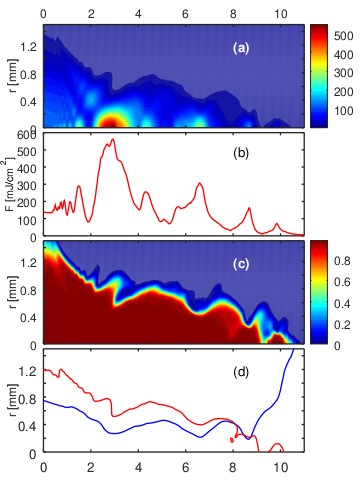
Fig.3.a) Contour plot of radiant fluence (mJ/cm^2); b) On axis radiant fluence; c,d) contour plots of ionization probability
2017
Time-resolved diagnostics of rubidium plasma generated by ultra-short laser radiation. — This research is closely related and correlated with the AWAKE (advanced wake field acceleration) experiment at CERN and is continuation of our research conducted in 2016. The main goal of the AWAKE experiment is construction of a novel plasma-based particle accelerator that will utilize the proton bunch available at Large Hadron Collider (LHC) to accelerate electrons (positrons) to TeV energies in a single acceleration stage. An extended volume of extremely homogeneous plasma is an indispensable part of the acceleration scheme. This plasma will be used for splitting the LHC proton bunch into micro-bunches using self-modulation instability in the plasma to provide coherent wake-field acceleration of electrons by the proton bunch. Our experimental setup may be considered as a tabletop analogy of the laser plasma source for the AWAKE experiment. In 2017 the experiments were conducted in our newly renovated “clean room” lab with a new Ti:Sa laser system Hydra of Coherent Co. with pulse energy about 25-30 mJ and pulse duration of 30-40 fs (see Fig.1) .
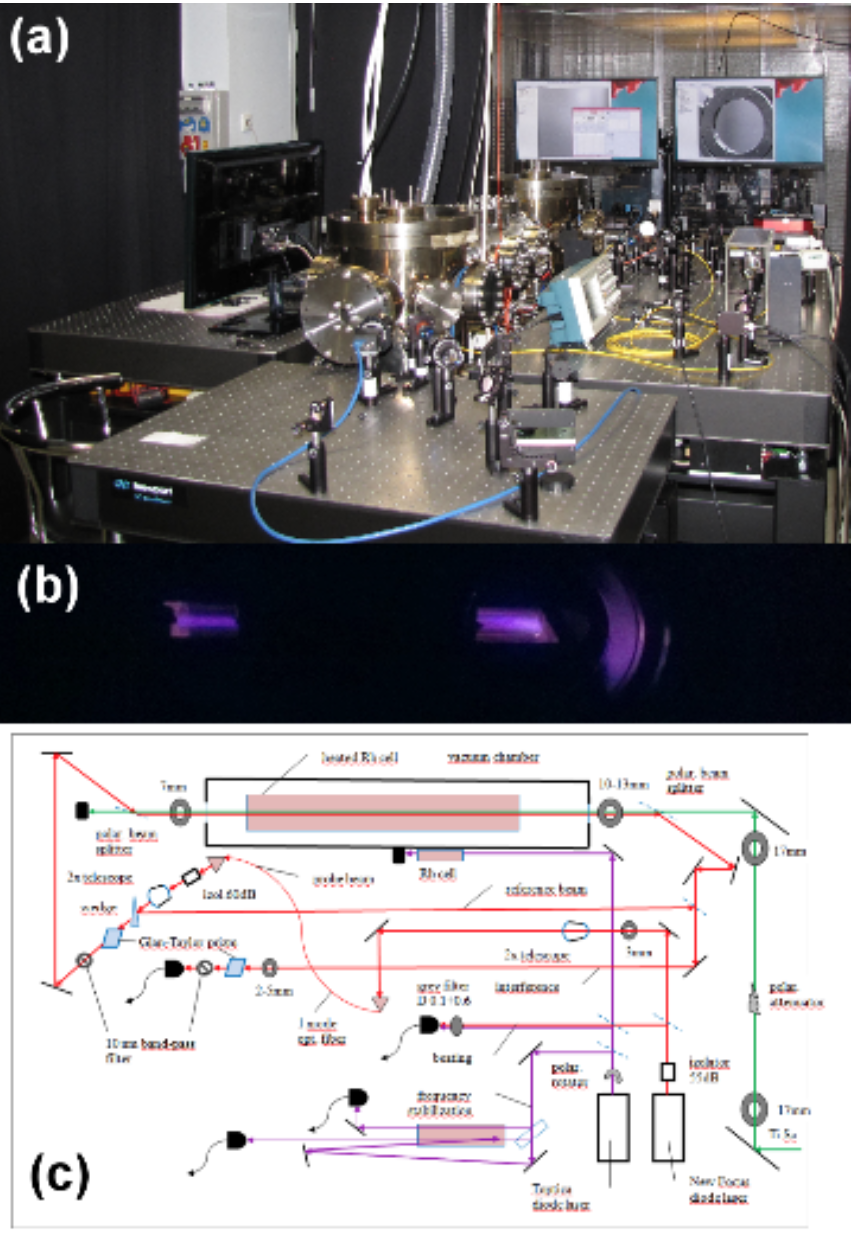
Figure1. The experimental setup (a) with the generated plasma (b) and the scheme of the real-time interferometric diagnostics (c).
We applied our interferometric diagnostics scheme to determine parameters of the created Rb plasma at different values of temperature (density) of the Rb vapor and different values of intensity of the ionizing laser pulses. The diagnostics of the generated plasma is performed using a Mach-Zehnder-type interferometry, Fig.1. The measurements were provided by a CW diode laser with frequency close to D2 line of Rb. Accordingly, the probe diode laser beam propagates in direction opposite to the ionizing laser pulse through a glass cell filled with Rb vapor located in a one arm of the interferometer. This probe beam creates a fringe pattern with a reference beam from the same laser propagating in the air in the other arm of the interferometer. Time variation of the interferometric signals is measured by fast detectors in a real-time regime. Our fitting technique allows us to measure the plasma density-length product and its variation in time, along with the recombination time constants. An example of the interferometry signal is shown in Fig.2 with the cosine fitting function applied. Results of our studies allow us to understand the physical mechanisms of generation of extended laser plasma, as well as to characterize the induced plasma instabilities. These results will be used to create optimal conditions for generation of highly homogeneous plasma for application in the AWAKE project at CERN.
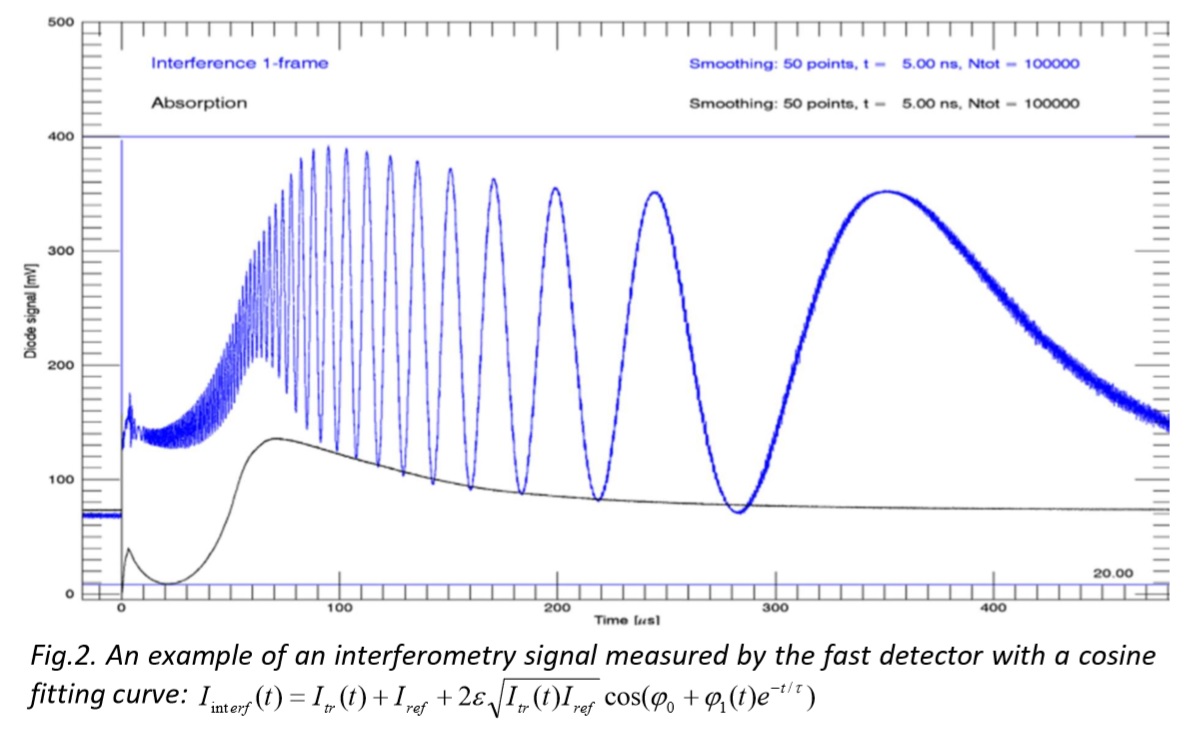
Modeling of propagation of an ionizing Femtosecond laser pulse in Rb vapors. — In 2017 we investigated the propagation of an ultrashort, ionizing laser pulse through rubidium vapor, a project associated with the previously mentioned AWAKE experiment. An initial calculation that employed a relatively simple atomic model to calculate the effect of the ultrashort pulse on the rubidium atoms and to compute the optical response of the atoms was perfected in two respects. First, the atomic model was made more elaborate by including a more precise description of the internal atomic structure, using more atomic levels for the calculation. Instead of the very simple four-level atomic model, an 18-level and a 10-level model was developed and their accuracy evaluated. It was confirmed that the approximation that uses the 10 lowest lying atomic levels of rubidium is accurate enough for computing the optical response, yet it is still simple enough to be used in propagation calculations. Next, the propagation calculations (using the original, four level model) were generalized to include two spatial dimensions, one along the propagation direction and one perpendicular to it. Assuming cylindrical symmetry, we started studying the propagation of the ionizing laser beam in order to evaluate the intensity and focusing requirements to produce a 10 m long plasma channel with very close to 100% ionization in its central region. Self-channeling of the ultrashort laser pulse, as well as a nontrivial pulsing of the plasma channel radius was observed in the calculations, (see Fig.3), where the ionization probability dependence on the propagation length and dependence of the radiant fluence of the ionizing field versus propagation length are presented.
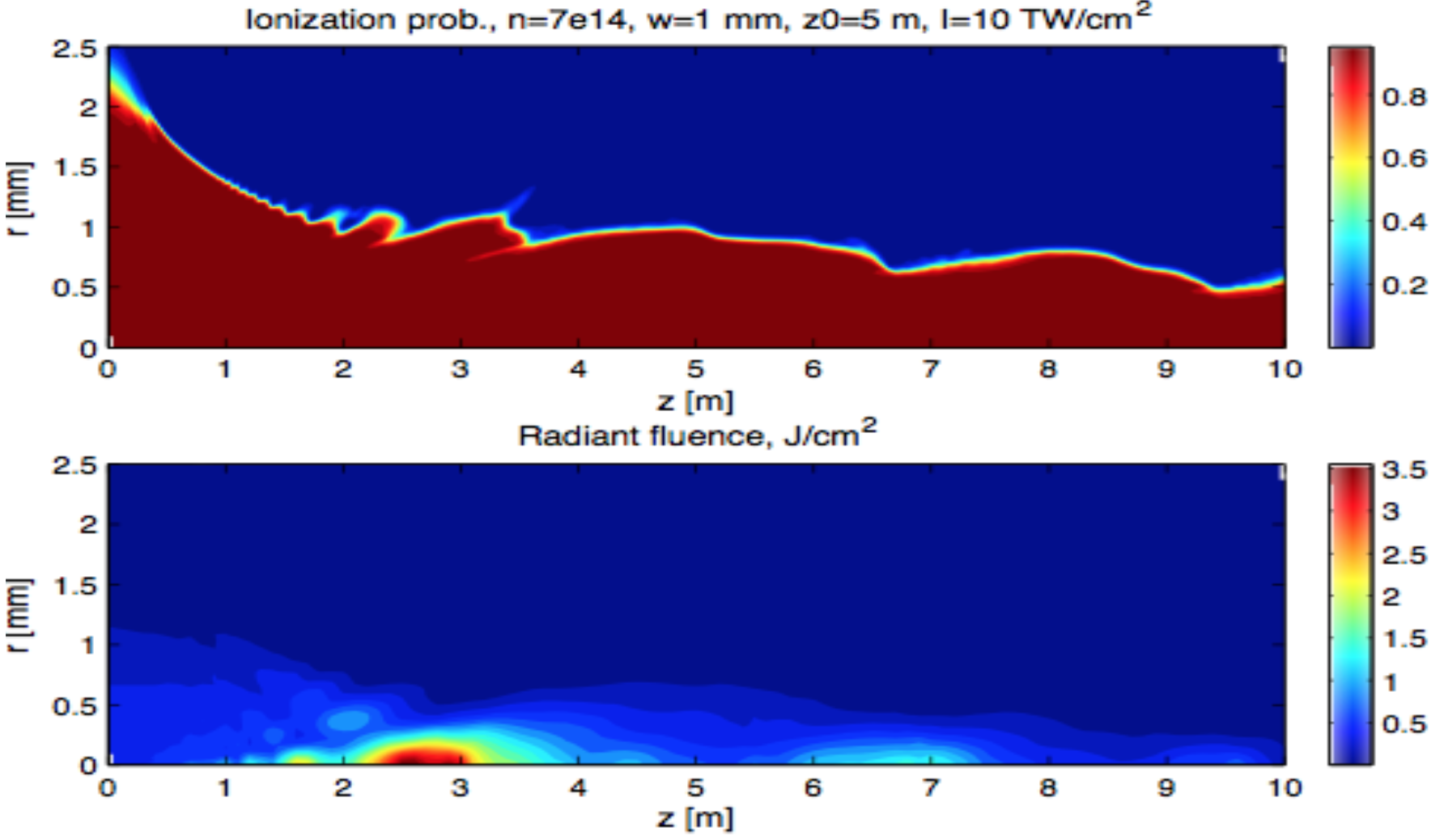
Figure 3. The ionization probability and ionizing pulse radiant fluence versus propagation length



